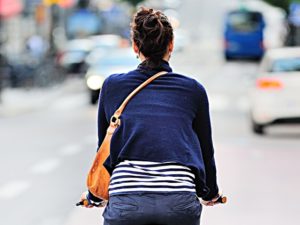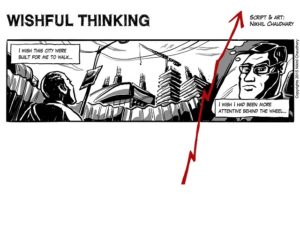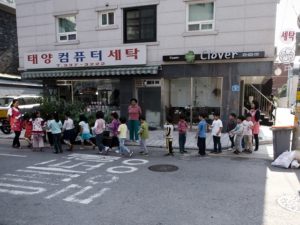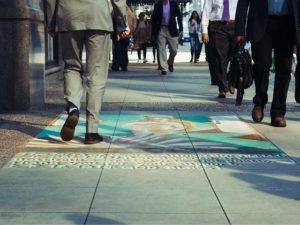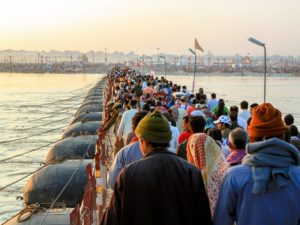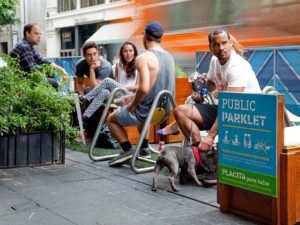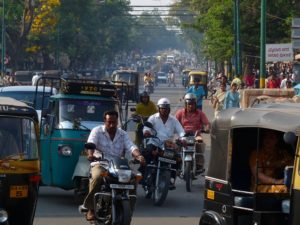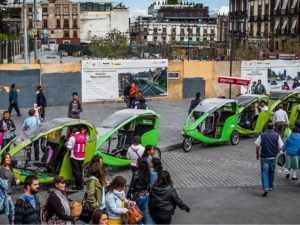
Growing physical inactivity at a global scale is causing more people to suffer from chronic diseases every day. According to the World Health Organization (WHO), 31 percent of adults 15 years old and older were insufficiently active in 2008, leading ...

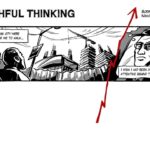
India has the highest number of accident fatalities in the world. But the pressing issue of road safety is rarely taken seriously. This is particularly apparent, given the high frequency and intensity of risks that motorists, pedestrians, and cyclists take ...


When you consider the global statistics, it’s no surprise that this year’s U.N. Global Road Safety Week focuses on children’s safety. According to a 2008 World Health Organization (WHO) report, 21 percent of all road traffic-related fatalities worldwide were among ...


This week is the third UN Global Road Safety week, and the theme is saving children’s lives on roads worldwide. TheCityFix had the chance to sit down with Jan Gehl, renowned architect and urban designer, and Ani Dasgupta, Global Director ...


Nossa Cidade (“Our City”), from TheCityFix Brasil, explores critical questions for building more sustainable cities. Every month features a new theme. Leaning on the expertise of researchers and specialists in WRI’s sustainable urban mobility team in Brazil, the series will feature in ...

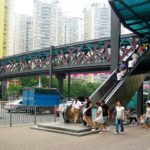
China’s rapid urbanization has dramatically increased the need for public transit infrastructure. To accommodate these changes, it’s estimated that China needs to expand urban rail by at least 3,000 kilometers by 2020—approximately a $4 trillion investment. In Chinese cities, funding ...


In January, 2013, a city emerged on the banks of the Ganges and Yamuna rivers in Allahabad, India. Temporary bamboo and fabric structures appeared on a floodplain that had been underwater just weeks before. Metal plates were laid down for ...


For all the buzz that tactical urbanism has received in the past several years, there’s still a lack of public consensus about the movement’s exact meaning, impact, and potential for change. Mike Lydon and Anthony Garcia, Principals of Street Plans ...


From April 15 – 16, 2015 over 300 experts—including government officials, policy makers, urban planners, and transport practitioners—participated in a global conversation about Smart Cities at CONNECTKaro 2015. The conference was hosted by EMBARQ India in New Delhi, and key ...

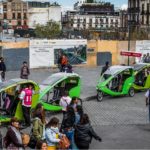
A century of car-centric urban development has left our cities polluted, congested, and searching for sustainable solutions. Transport Demand Management (TDM) strategies can provide these solutions by combining public policy and private sector innovation to reverse over-reliance on private cars. ...

Page 118 of 348« First...1020...117118119...130140...Last »










